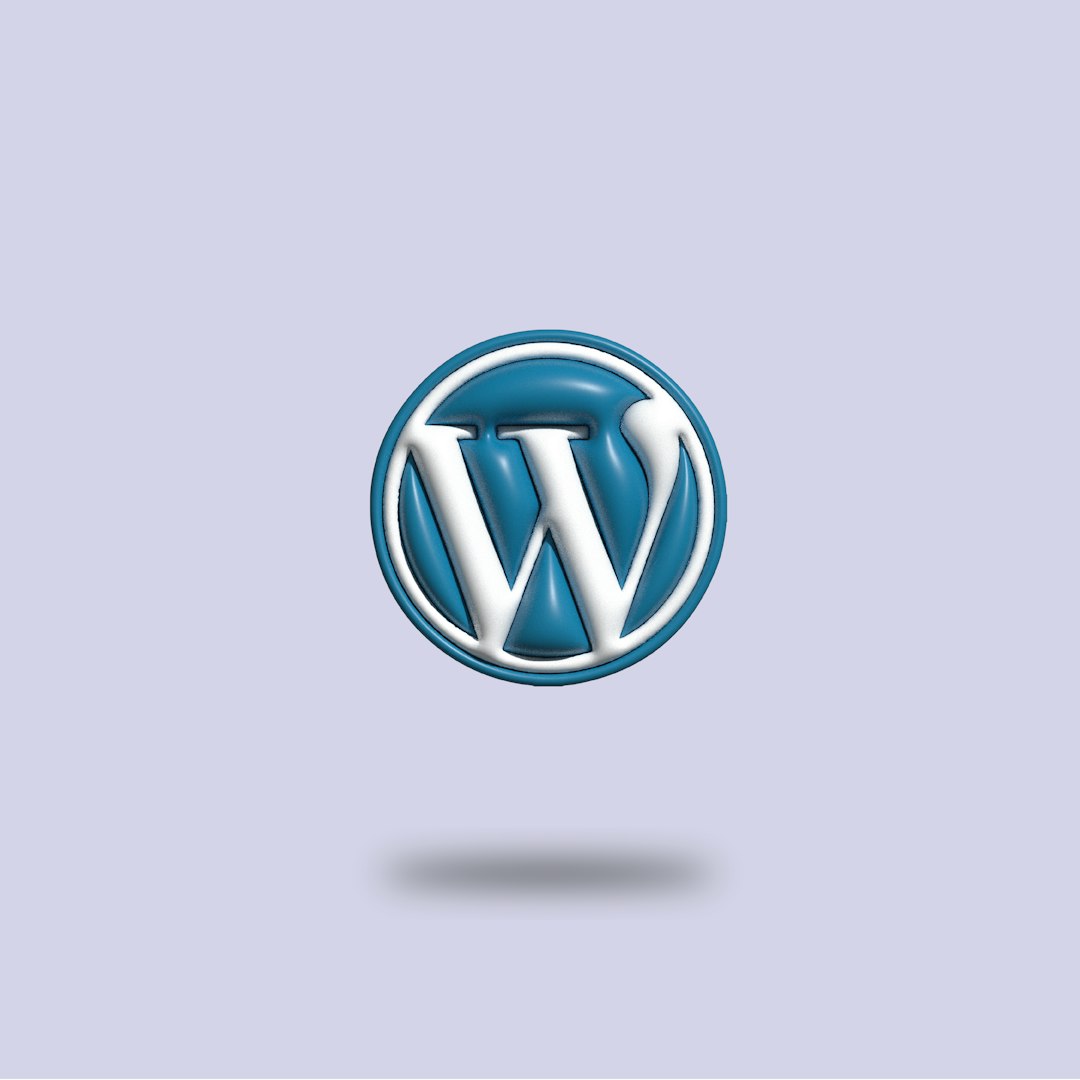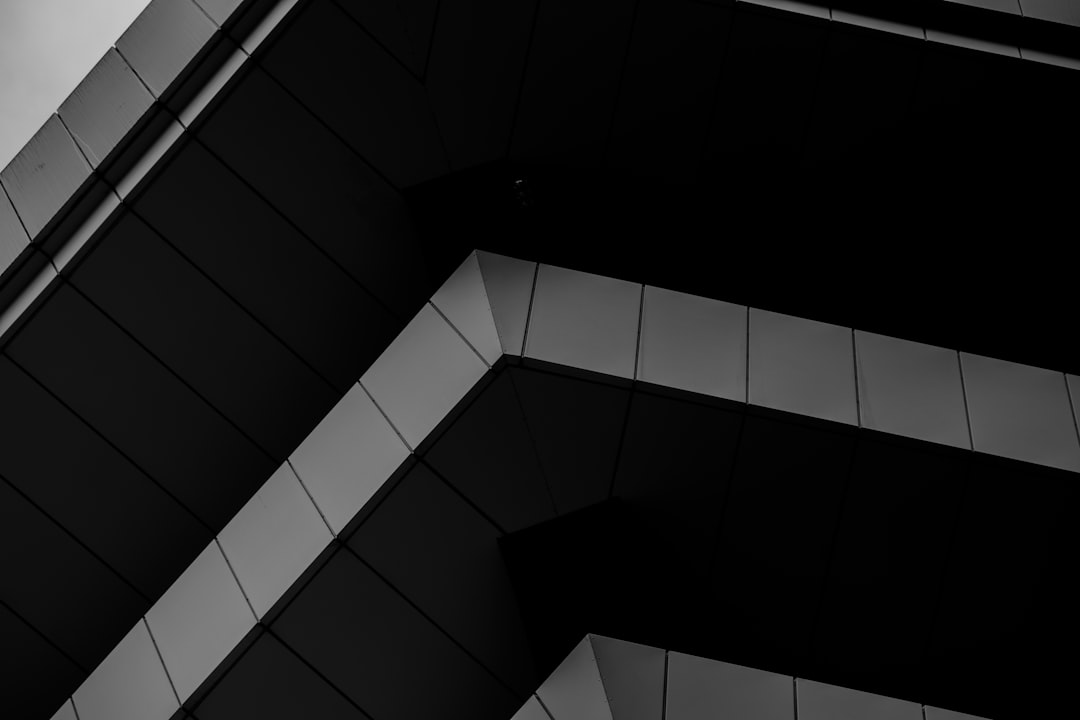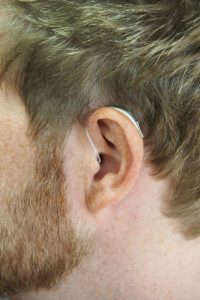
If you’ve recently started using the WebP image format on your WordPress site and you’re encountering blank or broken images, you’re not alone. With its promise of smaller file sizes and better performance, WebP has become increasingly popular among web developers and WordPress users alike. However, like any relatively new technology, it can come with its set of quirks—especially when integrated into a complex CMS like WordPress. In this article, we’ll explore common causes of WebP image issues and walk through step-by-step solutions to get those blank WebP images working as they should.
What Is WebP and Why Use It?
WebP is an image format developed by Google, designed to provide superior lossless and lossy compression for images on the web. It can result in significantly smaller file sizes, which in turn can lead to faster websites and improved SEO. WordPress began supporting WebP natively with version 5.8, making it easier for site owners to use this format directly within their media libraries.
However, even with built-in support, many users have noticed that their WebP images sometimes don’t display correctly—resulting in blank image containers where pictures should be.
Why Are Your WebP Images Showing Up Blank?
There are several potential causes for this issue, ranging from server settings to plugin conflicts. Below are some of the most common culprits:
- Browser Incompatibility – WebP isn’t supported by all browsers, although most modern ones like Chrome, Edge, and Firefox handle WebP images natively.
- GD Library vs. Imagick – WordPress can use either the GD Library or Imagick for image processing. Some of these may generate WebP images that aren’t compatible across all platforms.
- Plugin Conflicts – Image optimization plugins may interfere with proper rendering or delivery of WebP files.
- Incorrect .htaccess Rules – Improper server configuration for WebP file delivery can block them altogether.
- CDN Issues – If you’re using a CDN, it may not correctly cache or serve WebP images.
Step-by-Step Guide to Fix WebP Image Issues
1. Ensure Browser Compatibility
First, verify if the blank images are occurring in a compatible browser. Try opening your site in Chrome or Firefox, both of which support WebP. If the images show correctly there but not in others, then you may need to deliver fallback images to unsupported browsers.
Solution: Use a fallback mechanism such as the HTML <picture> element to serve JPG or PNG formats as a backup.
<picture>
<source srcset="image.webp" type="image/webp">
<img src="image.jpg" alt="Sample Image">
</picture>
2. Check Your Image Optimization Plugin
Plugins like ShortPixel, EWWW Image Optimizer, or Imagify often convert and serve WebP images. Sometimes, misconfigurations within these plugins can interfere with proper WebP file delivery.
Solution:
- Go to the plugin settings and ensure that WebP conversion and delivery options are enabled correctly.
- Clear the plugin’s cache and regenerate your images.
- Check developer tools (right-click → Inspect → Network) to see if WebP images are being delivered correctly.
3. Inspect Your .htaccess or NGINX Configuration
If your server is not correctly configured to serve WebP files, visitors may see blank images. This is often an issue when using Apache or NGINX servers.
For Apache (.htaccess): Add the following rewrite rules to enable WebP support:
<IfModule mod_rewrite.c>
RewriteEngine On
RewriteCond %{HTTP_ACCEPT} image/webp
RewriteCond %{REQUEST_FILENAME} (.*)\.(jpe?g|png)$
RewriteCond %{REQUEST_FILENAME}.webp -f
RewriteRule (.+)\.(jpe?g|png)$ $1.$2.webp [T=image/webp,E=accept:1]
</IfModule>
<IfModule mod_headers.c>
Header append Vary Accept env=REDIRECT_accept
</IfModule>
AddType image/webp .webp
For NGINX: You’ll need to edit your server block configuration file to include WebP mime types and handle proper content negotiation. Here’s a sample setting:
location ~* ^(.+)\.(jpg|jpeg|png)$ {
add_header Vary Accept;
try_files $uri$webp_suffix $uri =404;
}
Be sure to reload your server after making these changes.
4. Verify Image Path and Permissions
Blank images can also occur when the file path is incorrect or the web server lacks the necessary permissions to access them. Double-check that the .webp files exist in the appropriate directory and ensure they have the correct file permissions (typically 644 for files, 755 for directories).
5. Regenerate Your Thumbnails
If you recently converted your images to WebP, the existing thumbnails may not have been updated correctly. Luckily, you can easily regenerate all image thumbnails using a plugin like Regenerate Thumbnails.
Steps:
- Install and activate the Regenerate Thumbnails plugin.
- Navigate to
Tools → Regenerate Thumbnails. - Click on Regenerate All Thumbnails.
This ensures that WordPress creates new WebP versions of your images for use in featured images, galleries, and sliders.

6. Check Content Delivery Networks (CDNs)
If you’re using a CDN such as Cloudflare, BunnyCDN, or StackPath, WebP image delivery could be disrupted by cache or configuration settings. These networks sometimes do not correctly cache WebP images or fail to vary the content by the Accept header.
Solutions:
- Check your CDN settings to ensure WebP support is enabled.
- Purge your CDN cache after making changes.
- Enable cache variations based on the
Acceptheader if your CDN supports it.
7. Use a Plugin for Smart WebP Delivery
If you’re still facing inconsistent WebP support, consider using a plugin specifically designed to handle WebP delivery. Some good options include:
- WebP Express: Automatically converts and serves WebP images, includes advanced .htaccess rules.
- ShortPixel Adaptive Images: Smart image serving based on browser compatibility.
- EWWW Image Optimizer: Includes WebP support and CDN delivery options.
These tools often eliminate the need for manual server configuration while maintaining compatibility across different browsers and devices.
Final Thoughts
Solving blank WebP image issues on a WordPress site can be a bit of detective work, involving everything from plugins and server configuration to caching policies and CDNs. While the benefits of faster load times and improved SEO are worth the effort, it’s important to take a holistic approach to troubleshoot and solve these issues.
When in doubt, start with the simplest checks—browser support and plugin settings—before moving on to more complex server-side fixes. With the right tools and some patience, you’ll be well on your way to delivering lightning-fast, beautifully rendered WebP images across your entire WordPress site.
And remember, always back up your website before making changes to configuration files or installing new plugins!





